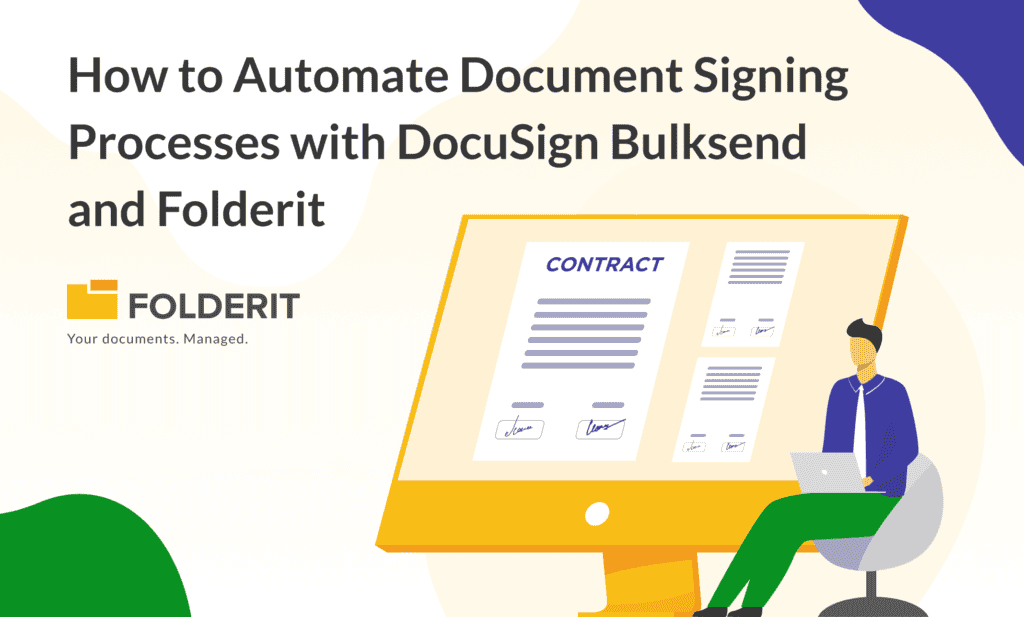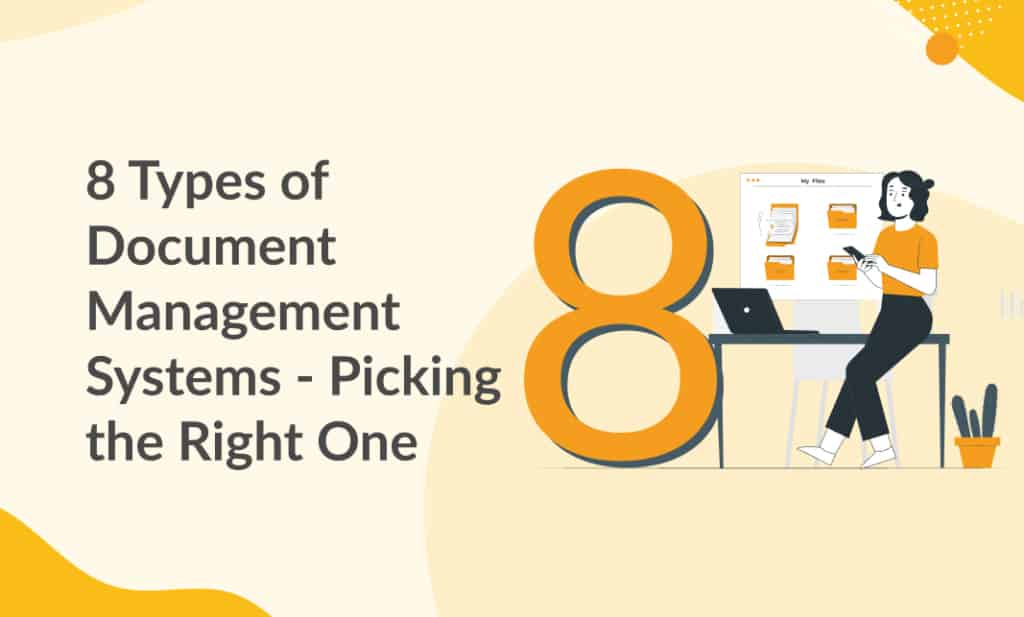Automating document signing processes is a critical step towards efficiency and security. Utilizing tools like DocuSign Bulk Send in conjunction with Folderit’s document management system offers a streamlined approach to handle multiple document signings with ease. This article delves into how both DocuSign and Folderit can be integrated to automate the e-signature process, specifically highlighting the functionality of folder-based automation for bulk signing tasks.
Exploring DocuSign Bulk Send
DocuSign Bulk Send is a feature tailored for organizations that need to send a single document to many recipients quickly and efficiently. This is particularly beneficial for sending standard documents such as HR policies, compliance agreements, or any form requiring mass acknowledgment.
Key Features of DocuSign Bulk Send:
- Mass Distribution: Users can send one document to hundreds or thousands of recipients by simply preparing a template and using a CSV file to import recipient data.
- Streamlined Workflow: Once set up, the process automates the distribution of the document to all listed recipients, each receiving a personal copy to sign.
- Efficient Management: The sender can track the status of each document, manage completed signatures, and send reminders to recipients, all from a single dashboard.
Folderit’s Integration with DocuSign
Integrating DocuSign with Folderit enhances the capability of both platforms by leveraging Folderit’s robust document management features along with DocuSign’s powerful e-signature technology.
Automation with Folderit and DocuSign:
- Folder-Based Triggers: In Folderit, administrators can configure specific folders such that any document dropped into them automatically triggers DocuSign’s Bulk Send process. This automation is pivotal for businesses that regularly need to send batches of documents for signing.
- Seamless Workflow: This integration not only simplifies the document signing process but also keeps all activities within Folderit’s secure environment, ensuring that every step from document storage to signature collection is handled with utmost security and compliance.
Utilizing Folderit’s Own eSign Feature
In addition to integrating with DocuSign, Folderit offers its own eSign solution that mirrors the automation capabilities of DocuSign Bulk Send.
Features of Folderit eSign:
- Integrated eSigning: Folderit eSign is built into the platform, allowing both Folderit users and external signees to participate in the signing process without additional software.
- Automated Process: Similar to the DocuSign integration, Folderit eSign can be automated within Folderit’s folders, enabling documents to be sent out for signing as soon as they are uploaded.
- Cost Efficiency: Included in the Folderit Tailor plan at no extra cost, Folderit eSign offers a budget-friendly alternative to external e-signature services, providing all the necessary functionalities within a single subscription.
Practical Applications of Automated Document Signing
Automated document signing processes facilitated by Folderit and DocuSign are not just about efficiency; they also bring transformative changes to how businesses handle routine but critical operations. Here are some practical applications where automation significantly enhances productivity:
HR Onboarding:
Automate the distribution of onboarding documents, such as contracts and policy acknowledgements, to new hires. Folder-based automation ensures that all necessary documents are sent for signing as soon as they are placed in the designated folder, speeding up the onboarding process.
Legal Agreements:
Law firms and legal departments can manage contract revisions and approvals by automating the signature process. Once a contract is ready for final review, dropping it into the specified Folderit folder can trigger a DocuSign Bulk Send to all relevant parties.
Compliance Documentation:
Ensure compliance with regulatory requirements by automating the distribution of compliance documents to necessary stakeholders. Automation guarantees timely signatures and helps maintain an audit trail for compliance purposes.
Comparative Analysis: DocuSign vs. Folderit eSign
While both DocuSign and Folderit offer robust solutions for electronic signatures, their applications might cater to different organizational needs:
- DocuSign Bulk Send: Best suited for enterprises that require extensive external communication. Its ability to handle massive volumes and integrate with various systems makes it ideal for large-scale operations.
- Folderit eSign: Perfect for businesses seeking an all-in-one solution. It integrates document management and electronic signatures, reducing the need for multiple platforms and is particularly cost-effective for small to medium-sized businesses.
Security and Compliance
Security and compliance are paramount in electronic document management and signing processes. Here’s how Folderit and DocuSign address these concerns:
- Folderit: Offers 256-bit encryption for documents stored within its system. Its integration with DocuSign or use of its native eSign feature ensures that all signatures are compliant with global standards such as the ESIGN Act and eIDAS.
- DocuSign: Known for its robust security measures, including advanced encryption and authentication protocols. Documents signed using DocuSign are legally binding and secure, adhering to international compliance standards.
Conclusion
Choosing between DocuSign Bulk Send and Folderit’s eSign capabilities depends largely on your business’s specific needs. If you require a standalone e-signature solution with extensive features and global compliance, DocuSign is the optimal choice. However, if you are looking for a cost-effective, integrated solution that combines document management with electronic signatures, Folderit’s eSign feature within its DMS platform is ideal.
Automating document signing processes with Folderit and DocuSign not only enhances operational efficiency but also ensures that your business’s document handling processes are secure, compliant, and aligned with modern digital practices. This integration positions businesses to better manage their workflows, reduce manual tasks, and focus more on core activities, driving greater productivity and compliance across the board.



